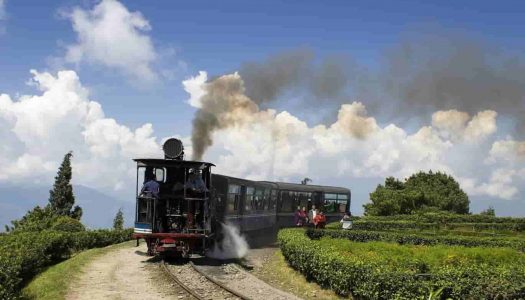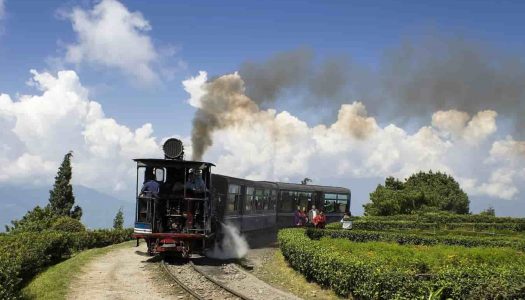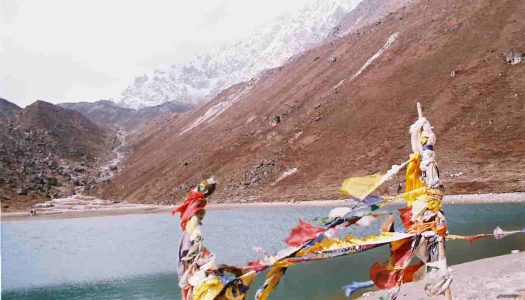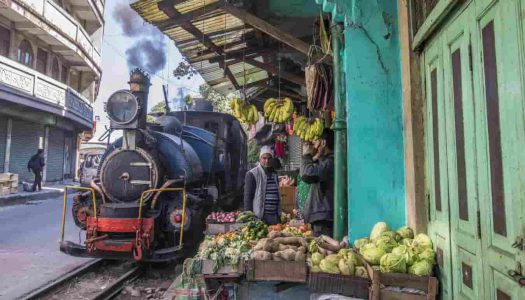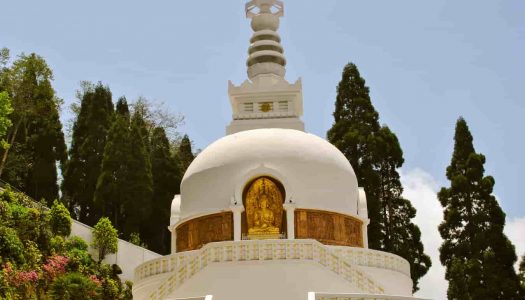Wildlife enthusiasts who visit Darjeeling, West Bengal, do not leave without paying a visit to the famous Singalila National Park. This protected area houses the rare and endangered red pandas and is also the gateway to the Sandakphu trekking route. It is very close to the India-Nepal border. The alpine meadows and the breathtaking vistas beckon people from across the world!
If you are planning to visit the Singalila National Park soon, you’ve come to the right place. Here’s everything you need to know about the national park, its history, animals that you can spot here and the entry details.
Read on!
About Singalila National Park
Singalila National Park is present on the Singalila ridge of West Bengal. It is present at a height of 2,300 metres above sea level and houses close to 20 species of mammals. It also has close to 600 species of plants and trees that include alpine meadows, broadleaf trees and mixed forests. You will find a lot of Rhododendron trees, orchids and several medicinal plants within the boundaries of the forest. Close to 150 bird species, including resident and migratory types, dwell within the protected area.
On the north side of the national park, it shares its borders with Sikkim and on the west, it shares its boundary with Nepal. Officially, the park comes under the jurisdiction of the Darjeeling district. The park is a part of the Eastern Himalayas and the Rammamm and Srikhola Rivers pass through the national park. There is no human settlement within the park, however, there are small hamlets along the trekking routes of Sandakphu and Phalut.
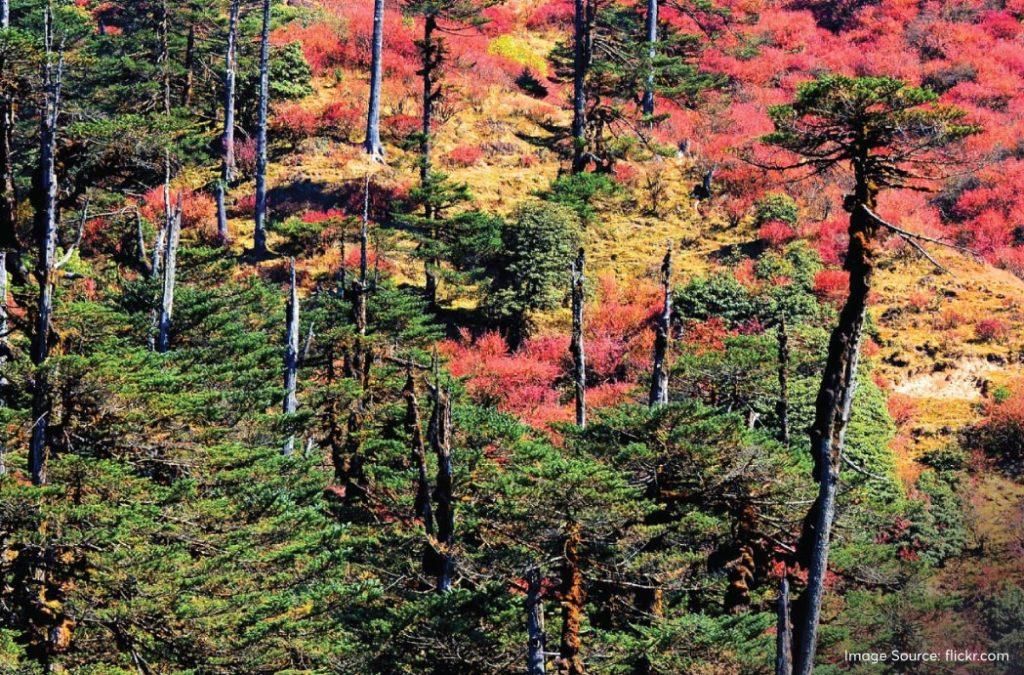
Seeing how the trekking routes of Sandakphu and Phalut pass through the national park, the authorities often struggle to maintain cleanliness within the protected area. Also, trekkers end up stepping on the small floral plants that grow along the ridge. These plants grow very slowly and their destruction is a point of concern. Not just humans, but the grazing of cattle from the neighbouring villages also is one of the reasons why these wild plants end up dying.
So, when you visit Singalila National Park, be very mindful of the surroundings and do not leave trash anywhere within the park’s premises. It is not only polluting the park but the trash can also pose to be a threat to the wildlife.
Are you a fan of the beasts from the cat family? To spot Asiatic Lions, visit the Gir National Park in Gujarat which is also famous for its bird species and slithering reptiles.
History of Singalila National Park
The entire Singalila region in the Darjeeling district was initially purchased by the Britishers from Sikkim. This happened in 1882. After acquiring it, they declared the entire region a Reserve Forest in accordance with the rules of the Indian Forest Act of 1878. It was later converted into a national park in 1992.
Though the number of red pandas in the forest are less, the Central Zoo Authority chose Singalila National Park for Project Red Panda. This involved releasing the captive red panda population from the breeding program into the wilderness. The red pandas of the breeding program were in Padmaja Naidu Himalayan Zoological Park in Darjeeling. Seeing how Singalila National Park is very close to the zoological park, this reserved area was chosen for the project.
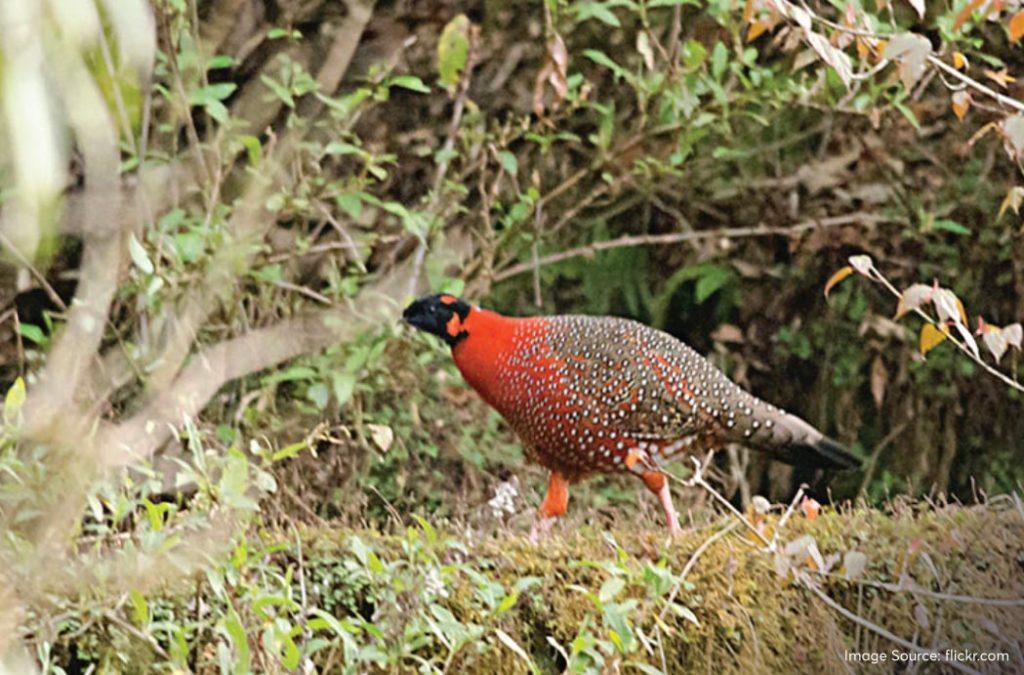
In 2004, two red pandas, Sweety and Millie, were introduced into the forest of Singalila National Park. Unfortunately, Milly was killed by a leopard but Sweety quickly adapted to the wildlife and also gave birth to an offspring. This was the first successful re-entry of a red panda into the forest that also resulted in the birth of a baby panda. A documentary was also made about these two pandas and it was called Cherub of the Mist. It won the Best Conservation and Environmental Film award at the 29th International Wildlife Film Festival in Montana, United States.
Just like Singalila National Park gives you a glimpse of the Red Pandas, the Jim Corbett National Park near Nainital lets you spot the magnificent Bengal Tigers.
What to spot at Singalila National Park?
Red Panda
Red Panda is the major species that the Singalila National Park is known for. These are mostly elusive animals who like to dwell in the moss-covered forest while feeding on bamboo, leaves and fruits.
They have reddish-brown fur, bushy tail and white markings on their face and ears. They are very active in the early mornings and late afternoons. The ones who want to spot the Red Pandas can arrange their safari trips during these times.
Himalayan Black Bear
The Himalayan Black Bear is a medium-sized omnivore that resides in the Singalila National Park. They have a sleek, black coat and a distinct white patch on their chest.
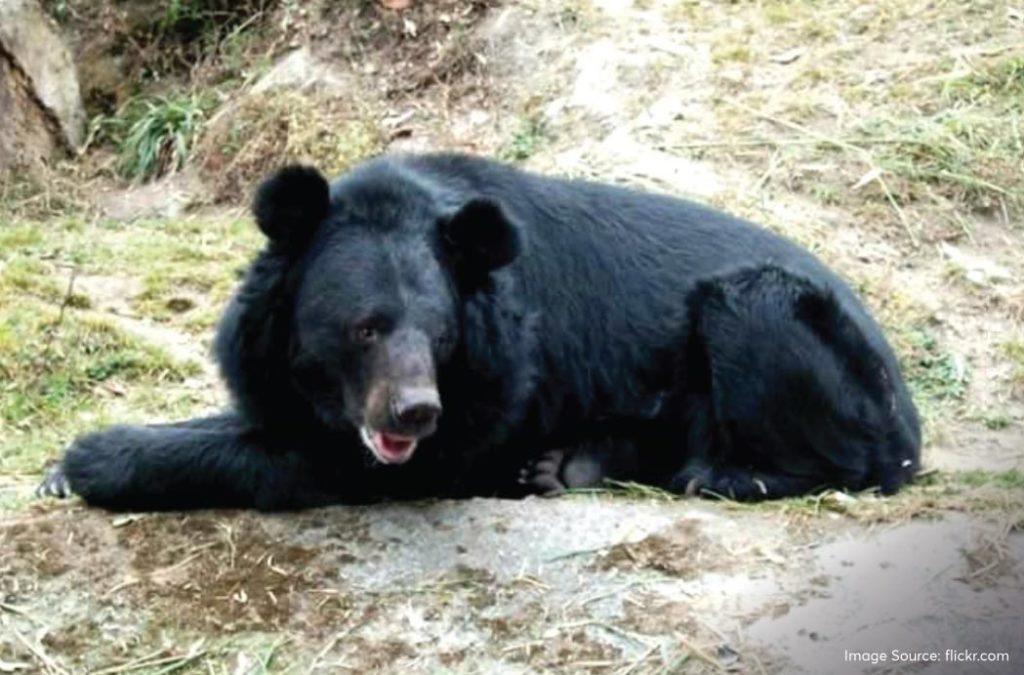
They are very shy and reclusive and prefer to stay in the deeper parts of the temperate forest. However, they do come out and wander along the safari route at times, usually to access the water bodies or foliage.
Clouded Leopard
The Clouded Leopard is the apex predator of the Singalila National Park. They are usually nocturnal in nature and feed on small to medium-sized animals. They do most of their hunting at night.
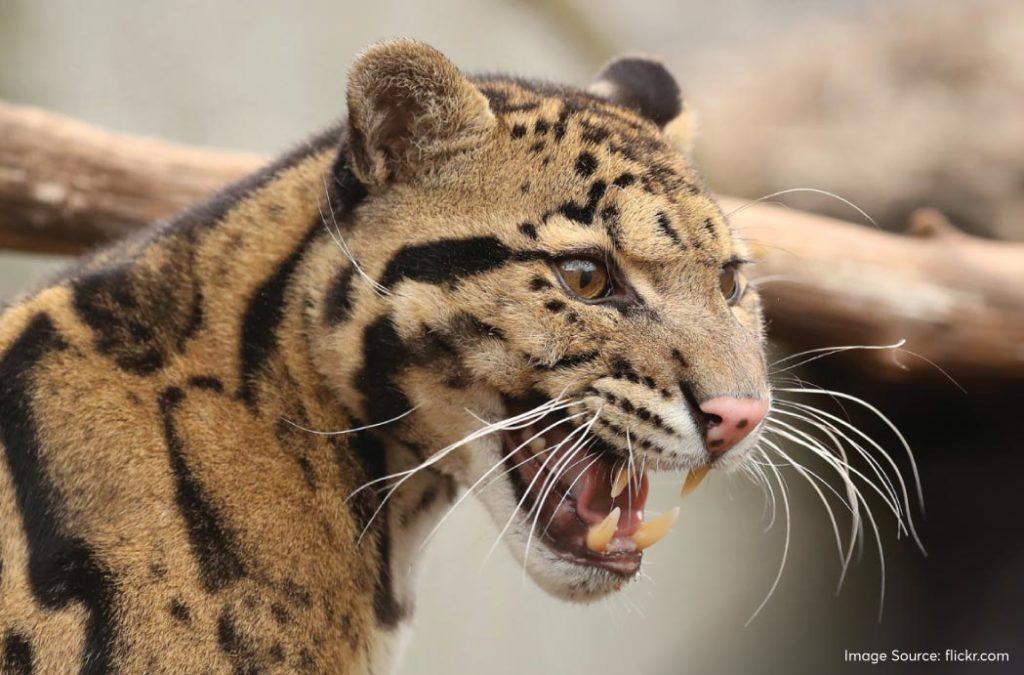
They have brilliant night vision, stealthy behaviour and cloud-like spots on their coat that offer excellent camouflage. So, during the day, they are either relaxing, sleeping or wandering. Keep your eyes open to spot them while you go around the park.
Barking Deer
Barking Deer is also called Indian Muntjac. It is a small deer species found in the Singalila National Park and they move in groups. The males have antlers which are absent in the females.
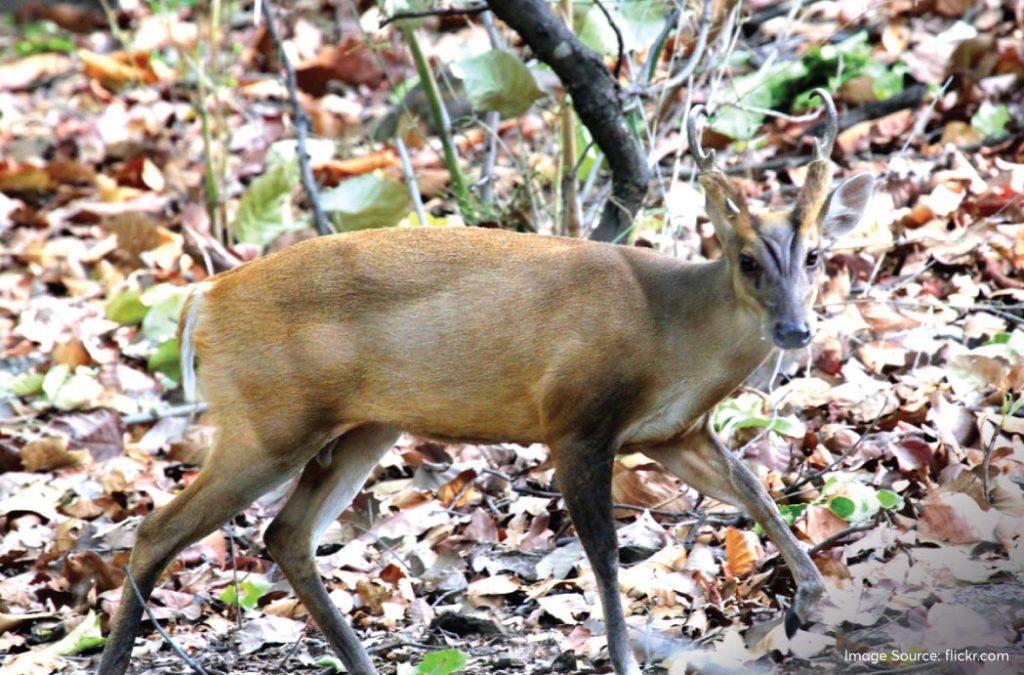
The animal gets its name because of its distinct barking call which it uses to call to others of its kind or alert them to impending danger. They are found in the lower altitudes. If you look closer, their face also seems to resemble that of a dog.
Birdwatching at Singalila
With almost 150 different species of birds, the Singalila National Park is the best place to go bird-watching. All the avian enthusiasts get themselves binoculars to spot interesting birds like the Satyr Tragopan, Himalayan Griffon and Stripe-Throated Yuhina.
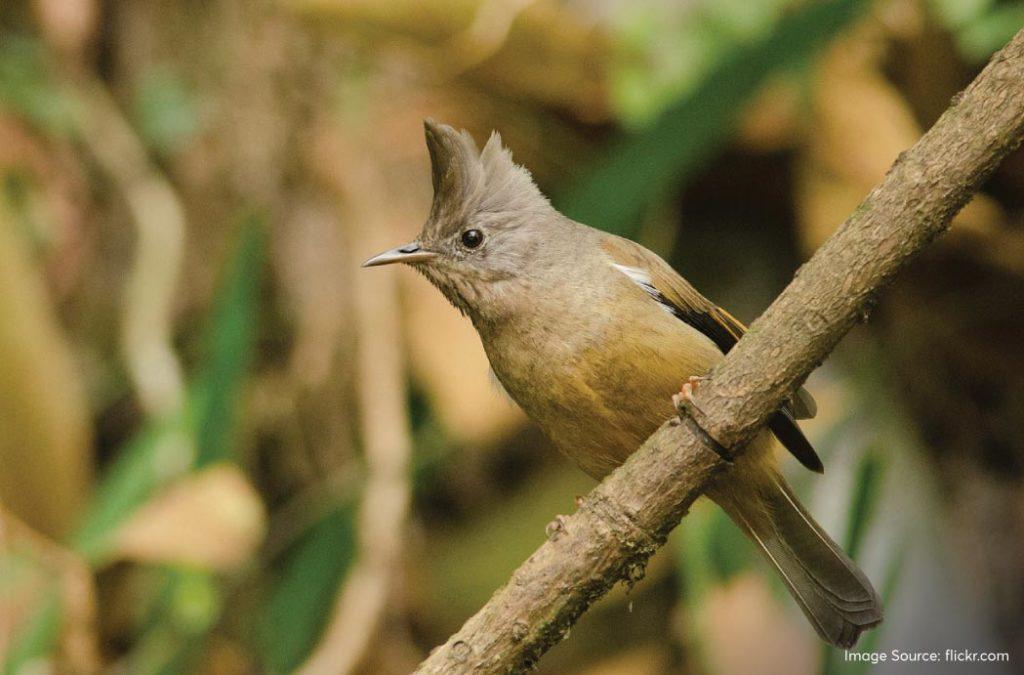
Satyr Tragopan is a bird that has striking red, blue and white feathers. These are on a more elaborate display during the bird’s courtship with their female counterparts. They are found in the dense parts of the Singalila forests. The Himalayan Griffon has a wingspan of 2.8 metres and circles the skies of the national park. It scavenges on the carrion. The Stripe-Throated Yuhina is a small bird that has a greyish-brown body with a black and white striped throat. It also has a slight crest on its head which looks no less than a crown.
If you love birds, then you must know that India has several good bird sanctuaries that have mesmerised the likes of Salim Ali and more!
Things to do near Singalila National Park
Sandakphu and Phalut
The Sandakphu and Phalut trekking expedition is one of the best things to do after exploring Singalila National Park. The protected area is present along the Singalila ridge and is at a height of 2300 metres above sea level. Through the national park, you can set out on the trekking trail to ascend the two tallest mountains in West Bengal – Sandakphu (3636 metres) and Phalut (3595 metres).
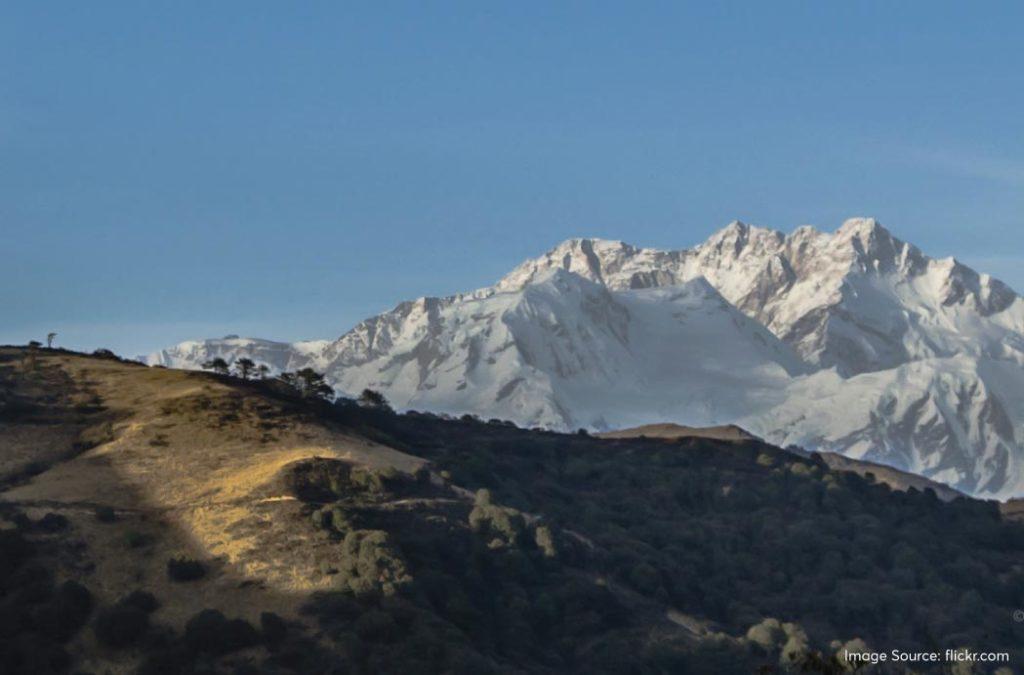
During the trek, you will be passing through small villages while enjoying the stunning vistas of the mountain range. The open meadows are also a visual treat. You should definitely not miss out on the sunrise at Sandakphu. You need special permission to set out on the trekking trail, something you can get at the entry point of the Singalila National Park or through the trekking agencies in Darjeeling.
Meghma Village
While you are on the Sandakphu trekking trail, you will come across the Meghma village. The word ‘Meghma’ means ‘clouds’ in Nepali. The place gets its name because it is always covered by a dense mist that resembles a cloud.
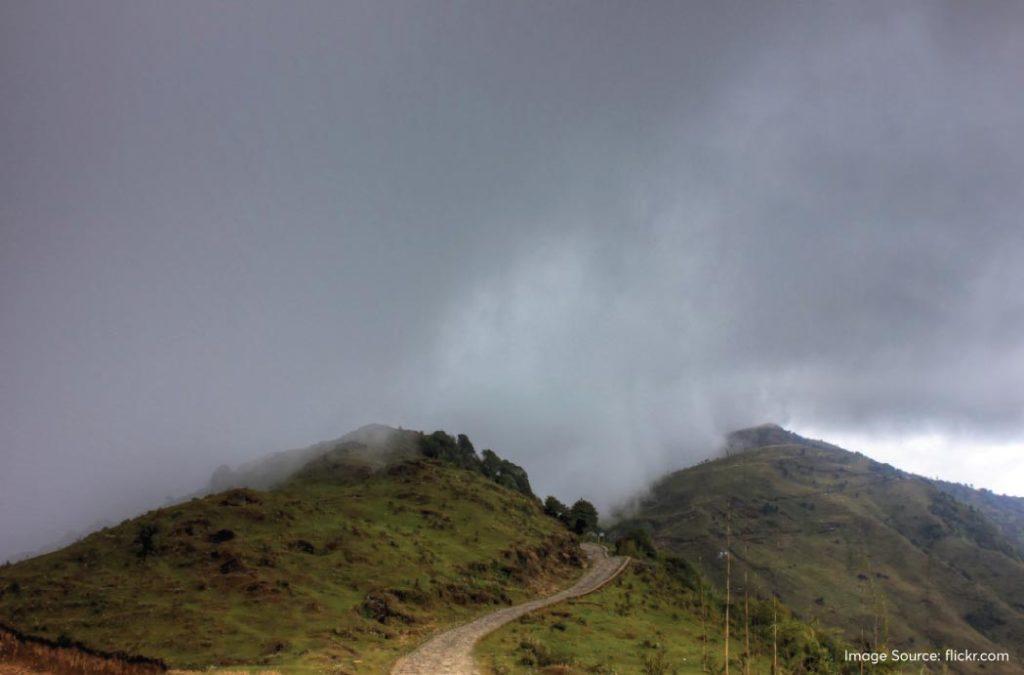
The people who live here are close-knit communities of tribals like Lepcha, Sherpa and the Tibetans. There is a monastery here that has the perfect atmosphere for meditation and relaxing amidst nature. It also offers stunning views of the surrounding mountains.
Entry details and wildlife safari
People who want to enter Singalila National Park should get a permit from the Forest Department office at Manebhanjan. These are also available at the entrance of the National Park which is about 1 km from Tumling. Indians can show their Aadhar card while foreigners will have to produce valid ID Proof like their passport.
The entry fee is INR 100 for Indians and INR 200 for foreigners. There is a separate fee for professional cameras and videography. This doesn’t apply for smartphones. The camera fee is INR 100 and the video camera fee is INR 400.
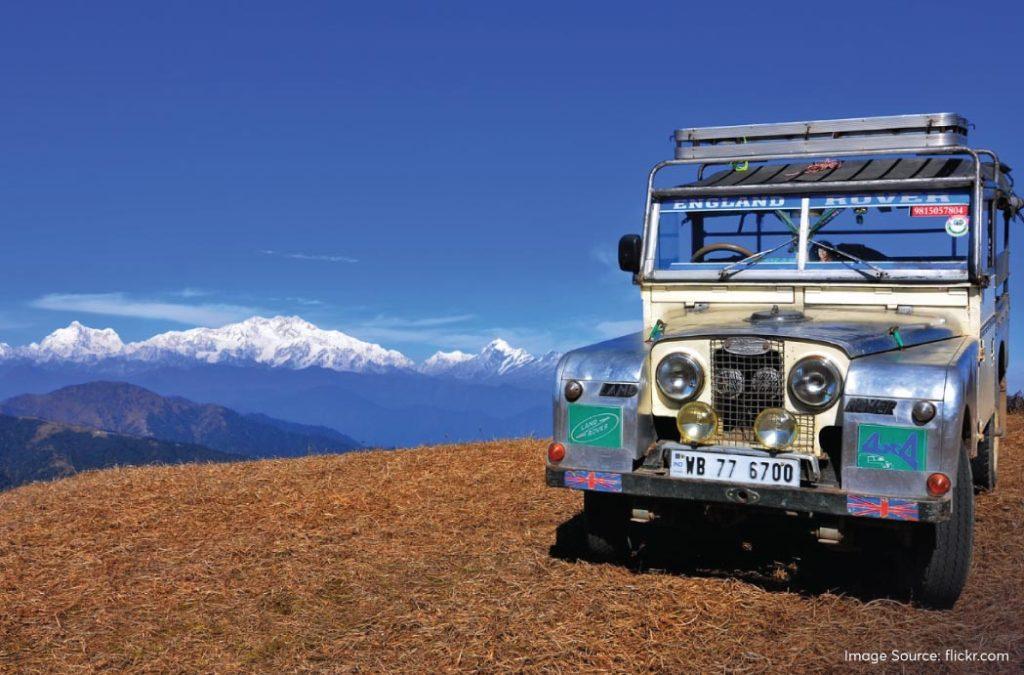
You can go on a jungle safari ride in the Singalila National Park. You can rent a Jeep or Land Rover from the Manebhanjan village. They also provide drivers and guides. Alternatively, you will also find tour operators who will arrange for an entire tour of the park and will also arrange the needed permits. The cost of the jungle safari can be between INR 4500 to 5500.
Best time to visit Singalila National Park
People usually prefer visiting the Singalila National Park during the spring and autumn seasons. The spring season here is from March to May. This is the best time to spot Red Pandas and the Himalayan Black Bears as they roam around more freely to soak the limited warmth from the sun. Also, there are several bird species that perch on the trees. In the spring, the rhododendron flowers are in full bloom, you can also enjoy looking at the Magnolia flowers and the alpine flowers.
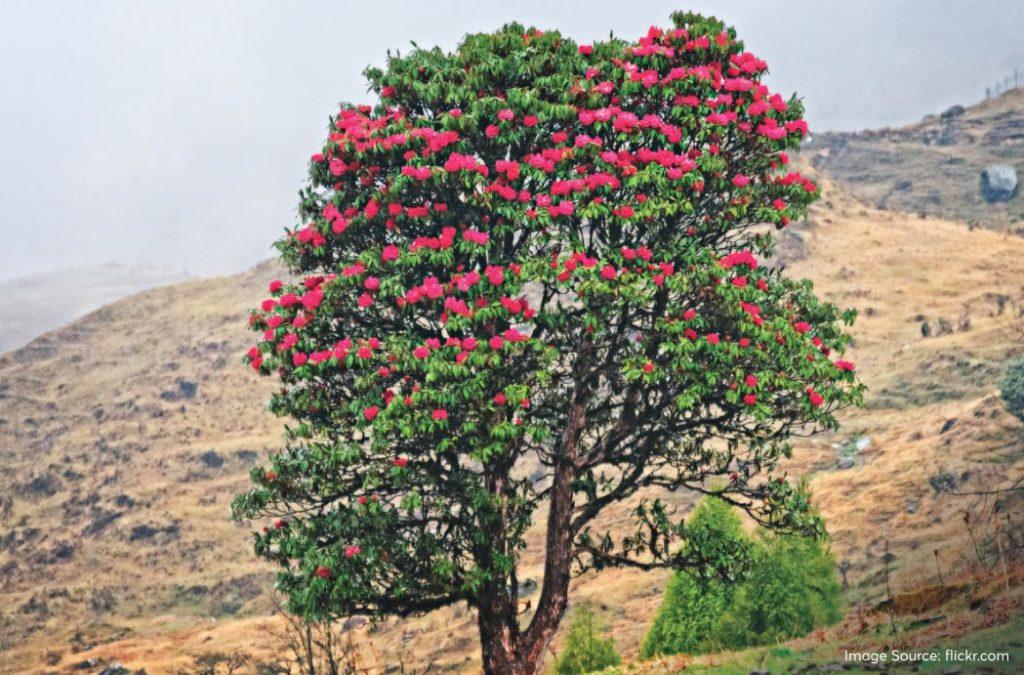
Autumn season in Singalila National Park is from October to November. The weather during this time is clear and the skies are the best shade of blue. Also, you can get stunning views of the Kanchenjunga and Mount Everest from the park. This is the best time for trekking and hiking.
During the monsoon season from June to September, the park receives very heavy rainfall which makes the terrain slippery and trekking can be extremely dangerous. You will not get the permits for adventure activities during this time. The winters are extremely chilly and the trails are covered with thick snow which is minus-degree cold and also very slippery.
Tips for visitors
- Always remember to acquire the necessary permits before entering the park. Indians and foreigners must carry ID proof without fail.
- Dress according to the weather. It is good to opt for layered clothing and sturdy trekking shoes.
- Check for weather forecasts and be prepared to face the cold.
- You can carry some food into the park and we suggest that you take ample water bottles too.

- Do not litter the national park premises or throw things inside the park. Just like we don’t like our home untidy, the animals prefer the same.
- It is good to carry a basic first aid kit and insect repellants if you are going on the Sandakphu and Phalut trek.
- Last, but not least, get those cameras to capture the beauty of nature and the candid shots of the rare species of animals.
How to reach Singalila National Park?
By Air
If you are travelling by flight, book your tickets to Bagdogra International Airport in Siliguri. From here, the Singalila National Park is about 97 kms away. It takes about 4 hours to cover this distance. You can travel by public transport or hire a shared taxi.
By Rail
Tonglu is the starting point of Singalila National Park. The Ghum Railway Station is about 13 kms from this place. However, there are no direct trains that come from other parts of the country to Ghum. You will have to reach the New Jalpaiguri Railway Station in Siliguri first and then take a train to Ghum. You will easily find local transport from Ghum to the entry point of the national park.
By Road
People coming from New Delhi and other parts of Northern India can take NH27 to reach Singalila National Park. If you are coming from the south of the country, you will be taking either NH44 or NH16 to reach West Bengal and eventually the national park.
Singalila National Park provides the perfect escape into the white wilderness of the Eastern Himalayas. With breathtaking views and rare encounters of endangered species, it will steal the hearts of nature lovers. The experience of visiting this place will forever be etched into your mind.













